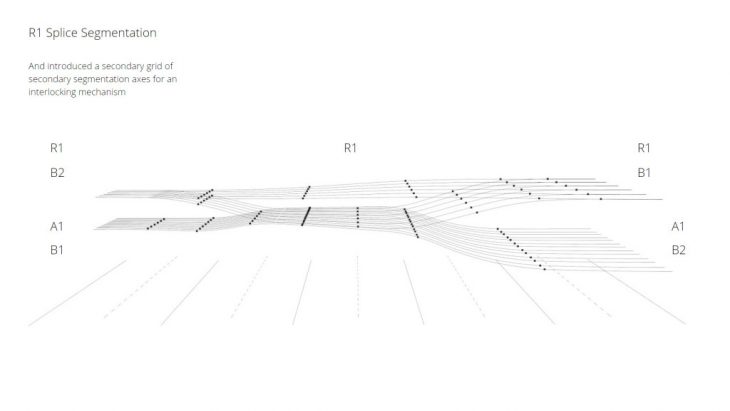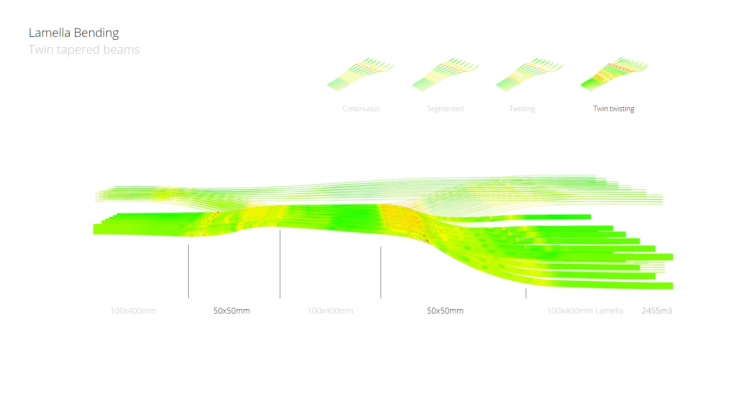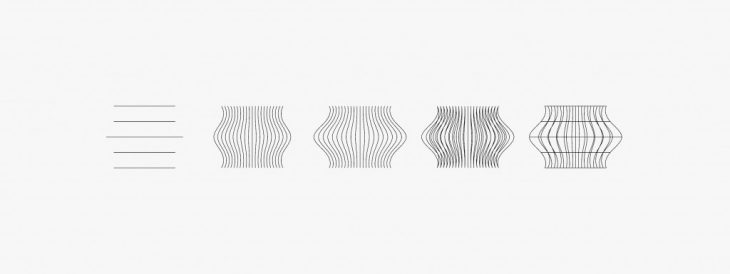
Domaine du Bois investigates how the play of density, weaving and twisting in linear elements create structural performance and architectural space in timber structures.
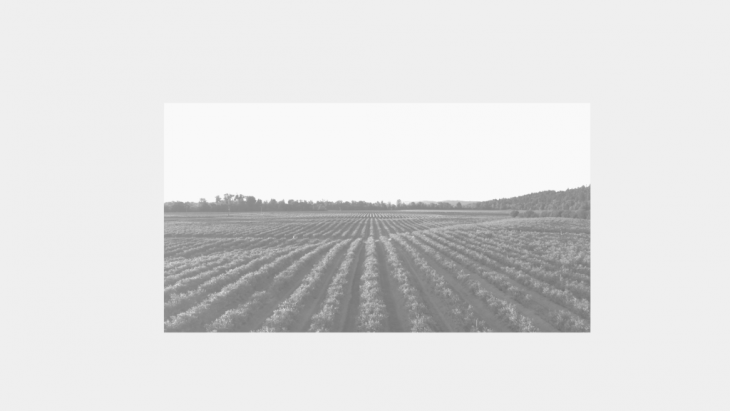
The site is located in the vineyards of Southern Europe where the landscape echoes the linearity and undulations of our explorations.
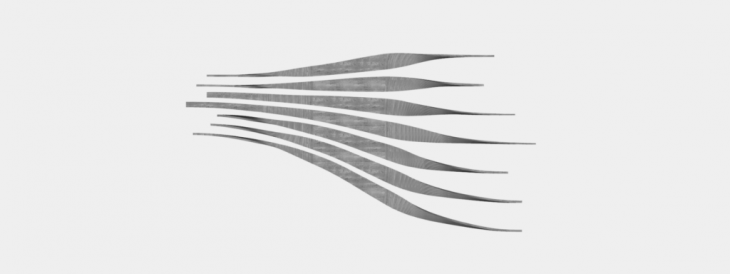
The proposal is a winery that emerges from the ground, reaches out into the landscape and dissolves back into it. It’s timber elements spread, twist and taper to create a hyper-permeable structure.
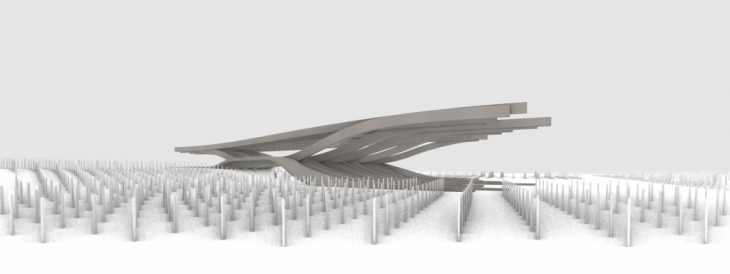
Linear timber elements emerge from the ground into the air and twist midway to create a chamber for wine production underneath and descend back into the fields neatly separating the vehicles that load the facility with fresh grapes. Another set of timber elements hold the cantilevering canopies in tension, framing a covered upper patio and sheltering the entrances. The juxtaposition of the two spaces create an intimate connection between visitor and the making of wine.
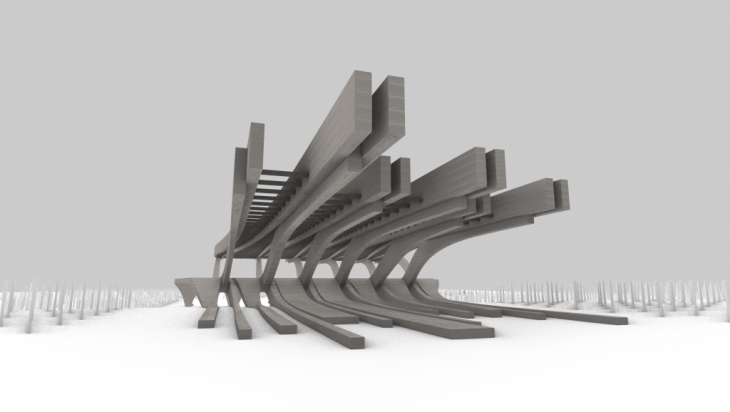
Visitors enter from the dense side, where they are guided upwards to a raised outdoor space that overlooks the fields They catch glimpses of the production space below through the gaps of the twisting members
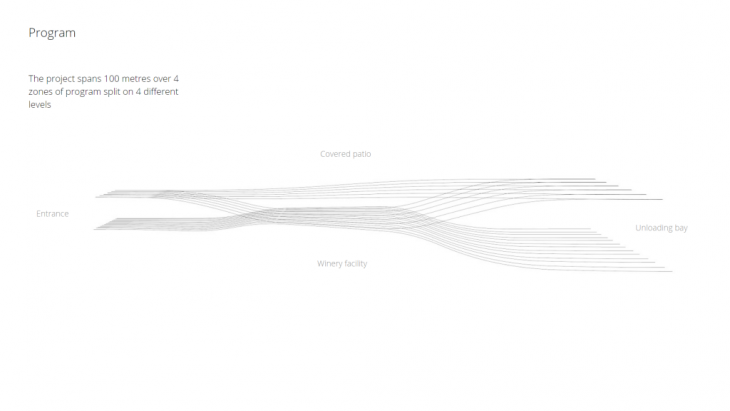
Four programmatic functions are framed by four sets of timber glulam elements
The 100 metre structure is segmented into 5 sections of 20 metre beams for easy manufacture and transportation. The segmentation points of the four sets of beams A1,B1,B2 and R1 are offset using the primary and secondary grids to improve overall structural rigidity.
The timber elements branch into two to resolve the challenges of a fanned structure and to minimise the weight and quantity of solid wood elements used for the structure.
The different segments of the timber elements are optimised to have unique lamella thicknesses to reduce the material stresses in the critical areas
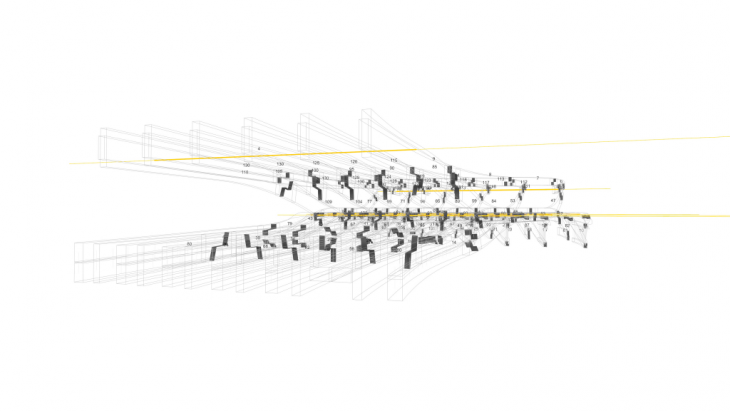
The structure is made up of 166 glulam beams with 134 splice joints at 81 cross joints.
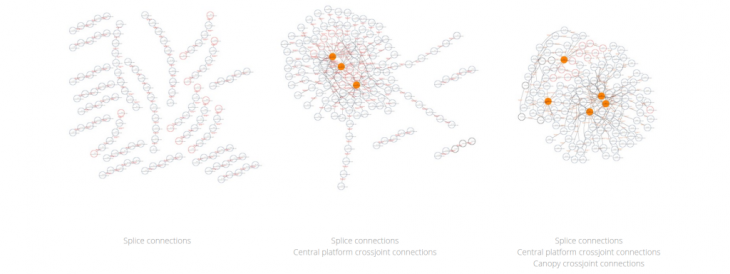
The network graph shows their relationship of the timber elements to each other and their respective joints. The sequence above demonstrates how these independent elements weave and connect together with the introduction of the projects joinery.
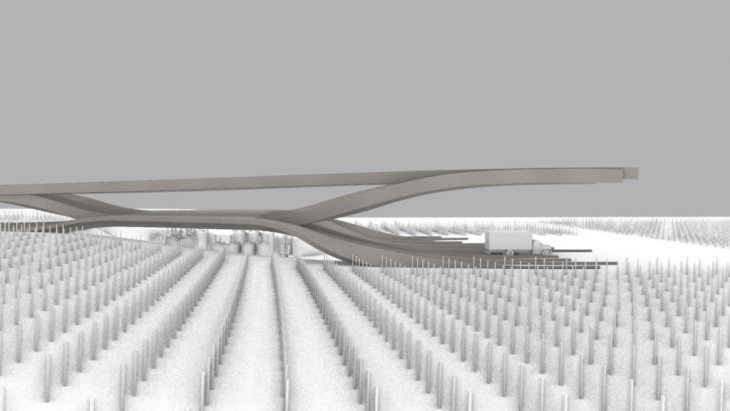
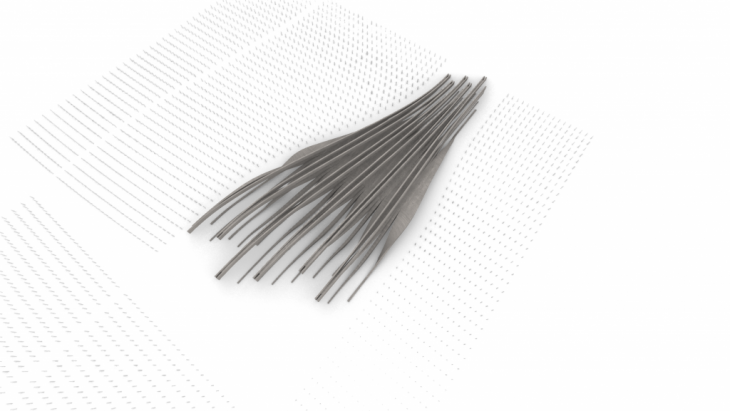
Digital Woodcraft – Domaine du Bois is a project of IaaC, Institute for Advanced Architecture of Catalonia developed at the Master in Advanced Architecture in 2019 by:
Students: Rani Kamel and Hunter Paine
Faculty: Tom Svilans
